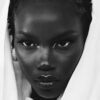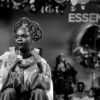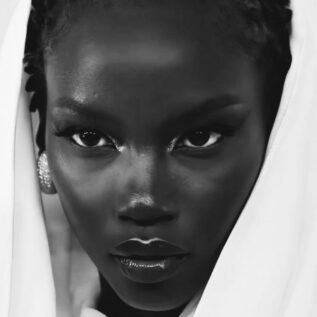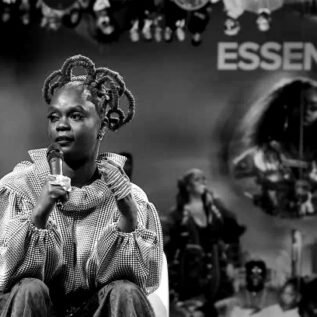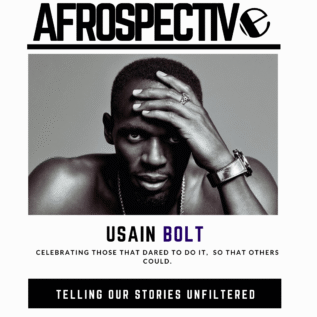The Roots of Symbolism in African Hairstyles
In many African societies, hair has always been more than just an aesthetic choice. It’s a language, a cultural marker, and a spiritual connection. Hairstyles often signified one’s tribe, age, marital status, or role in the community. For example, the Fulani women of West Africa traditionally adorned their hair with beads and cowrie shells, symbolizing wealth and fertility.
Hair was also deeply spiritual. Among the Himba people of Namibia, red ochre applied to their hair connects them to the earth and their ancestors. In ancient Egypt, wigs and elaborate braided styles signified status and were often adorned with gold and jewels, reflecting the wearer’s position in society. (Smithsonian Magazine)
Related: The Evolution of African Beauty Traditions
Colonialism and the Suppression of Identity
The arrival of colonial powers disrupted African hair traditions. In many cases, indigenous hairstyles were stigmatized and labeled as primitive. This was part of a broader strategy to erase African cultural practices and impose Eurocentric standards of beauty. Enslaved Africans in the Americas were often forced to shave their heads, stripping them of their identity and connection to their heritage (National Museum of African American History & Culture) .
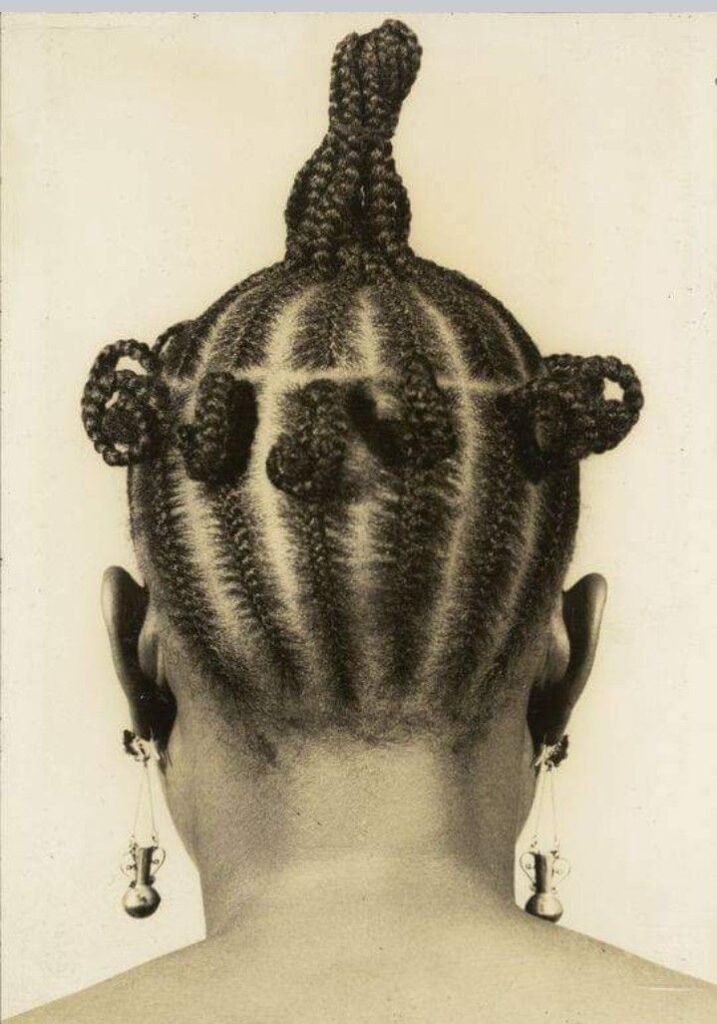
Despite these challenges, hair became a tool of resistance. Enslaved Africans braided maps and escape routes into their hair, turning a cultural practice into a means of survival. This resilience laid the foundation for the resurgence of African hairstyles as symbols of defiance and pride in later generations (BBC Culture).
Read More: How the CROWN Act is Fighting Hair Discrimination
The Natural Hair Movement: A Modern Reawakening
The 20th and 21st centuries have seen a powerful reclamation of African hairstyles. The natural hair movement, which gained momentum in the 1960s during the Civil Rights era, encouraged people of African descent to embrace their natural textures. Icons like Angela Davis wore their Afros as statements of resistance and self-love (Essence Magazine).

Today, the AfroNouveau generation continues this legacy. Protective styles like box braids, Bantu knots, and Locs have become mainstream, celebrated for their beauty and practicality. Social media platforms like Instagram and TikTok amplify these styles, connecting AfroNouveau individuals across the globe and fostering a sense of community.
Check Out: Best Protective Hairstyles for Natural Hair
Hairstyles as Storytellers in the Diaspora
In the diaspora, African hairstyles have evolved into powerful symbols of identity and creativity. For instance, Ghanaian hairstylist Laetitia Ky uses her hair to create sculptures that depict themes of feminism, mental health, and African pride. Meanwhile, events like AfroPunk celebrate hair as a form of self-expression and cultural pride.
Hairstyles also play a role in storytelling. In Nollywood films, traditional hairstyles often signal a character’s role or background, while in music videos, artists use hair to pay homage to their roots. By embracing these styles, the AfroNouveau community honors their history while redefining what it means to be African in a globalized world.
Explore: The Role of Hair in African Storytelling
Conclusion: A Crown of Resilience and Pride
African hairstyles are more than trends; they are crowns of resilience, symbols of identity, and bridges to a shared heritage. For the AfroNouveau, wearing traditional or modern styles is an act of empowerment—a way to celebrate the past while shaping the future.
What does your hairstyle say about you? Whether you’re rocking an Afro, braids, or twists, remember that you’re part of a legacy that spans generations and continents. Let’s continue to honor the artistry and symbolism of African hairstyles, ensuring they remain a vibrant part of our collective identity. Celebrate your crown. Embrace the evolution. Be AfroNouveau.

